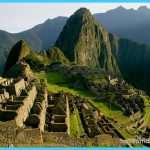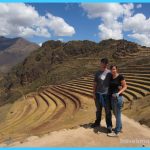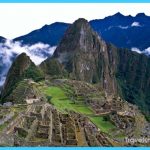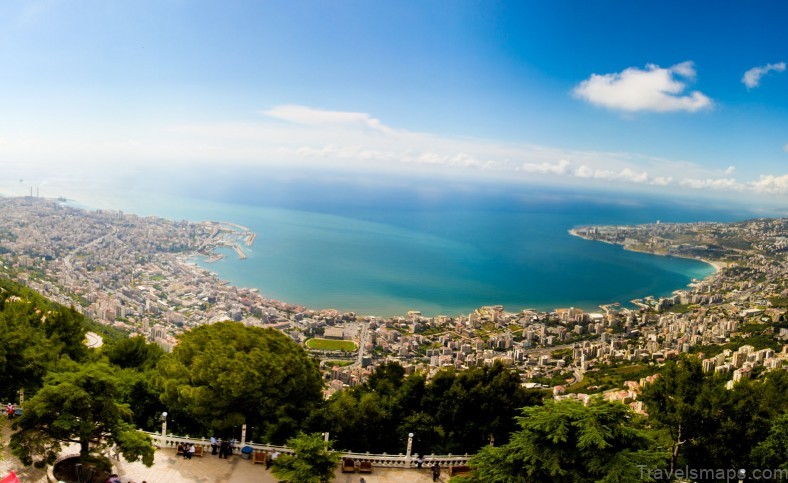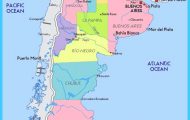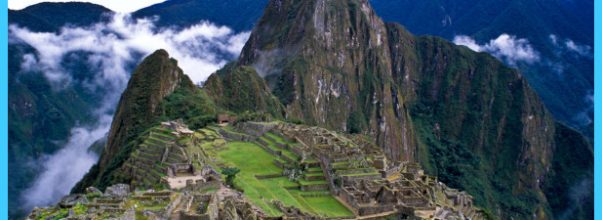
Peruvian cooking reflects the same transitionalism, treating staples with cosmopolitan cunning. Brandy sours flavoured with coca leaves, served at Pantagruel Restaurant in Lima, summed it up nicely. At Huayo Ccari, a stylish family hacienda in the Sacred Valley, the cheesecake came with local berries while, at El Parador, in the Colca Canyon, we dined on soup based on indigenous quinoa grain, fresh trout and a ruby jelly made f’mxnjayrampo cactus.
Eco-friendly lodges like these are Peru’s latest claim to the kind of environmentally sensitive tourism that, in remote areas, demands not only comfort and beautiful scenery but a stake in the benevolent management of an often very poor and underdeveloped environment.
El Parador del Colca, built by Mauricio da Romana, a passionate preserver of the canyon’s fragile ecosystems, is stone built, its thatched roof supported by beams salvaged from an old alpaca warehouse, its simple bedrooms furnished in warm Indian colours. Breakfast on Mauricio’s sunny terrace included bread hot from a little earth oven and the unobtrusive company of a giant hummingbird. Across Lake Titicaca we found a similar lodge, built by Martha Giraldo on Suasi, the islet she owns near the north shore. Martha’s tiny kingdom made a beguiling retreat, a long, thatched house, entirely solar powered, scented with roses and medicinal herbs, the only sounds birdsong and the bleating of resident sheep.
Travel to Peru, by train, between the barren fringes of Lake Titicaca and the splendours of Cuzco was like watching an improving geography film in an old-fashioned cinema. Inside, Inka Class carriages had plush seats and ladies with trays; through the windows marvels spooled past ” the bald twin ranges of the Andes converging on the Vilcanota watershed; pink flamingos at 4,000 metres above sea level; herds of llama and alpaca guarded by bowler-hatted shepherdesses. In remote stations vendors brandished gloves and socks. But I had already done my shopping. I had bought alpaca sweaters in Arequipa and brightly patterned gloves on Taquile, Lake Titicaca’s island of knitters. In Lima, I visited Kuntur Huasi, the workshop from which John Alfredo Davis is reviving the art of Peruvian colonial carpet weaving.
Mari Solari, who has worked in handicrafts for twenty years, has an unerring eye for potter)7 from the jungle, old silver and textiles, top-quality alpaca blankets. From Las Pallas, her house in the bohemian Barranco quarter, filled with antiques and the old folk art of Peru, I took home one of the charming little portable crib scenes called retablos. Made of potato flour, it frames gaudy Spanish angels bossing blanket-wrapped Andean shepherds, a takeaway slice of the unique Peruvian mix WAYS AND MEANS Juliet Clough travelled courtesy of Aracari Travel, Avenida Pardo 610 No 802, Lima 18, Peru (tel: 00-511-242 66 73; fax: 00-511-242 48 56; e-mail: postmaster@aracari.com; website: www.aracari.com). In the UK, Aracari itineraries can be booked through Union-Castle Travel (tel: 0171-229 1411). A tailor-made, fifteen-day tour, including all flights, transfers, accommodation, most meals and experienced English-speaking guides, costs from £2,950 per person. She flew with Iberia Airlines (tel: 0171-830 0011), which in summer operates five flights a week from London Heathrow to Lima via Madrid.
Travel to Peru Photo Gallery
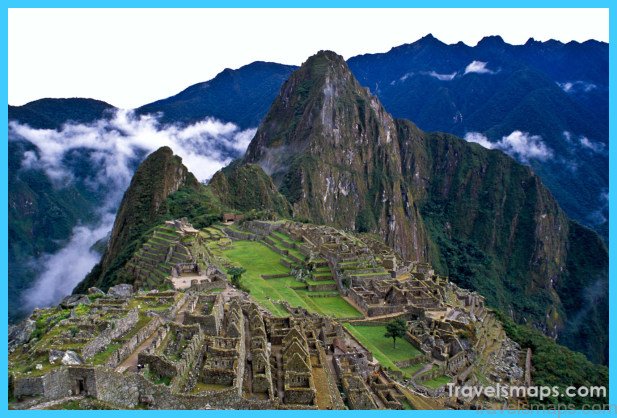
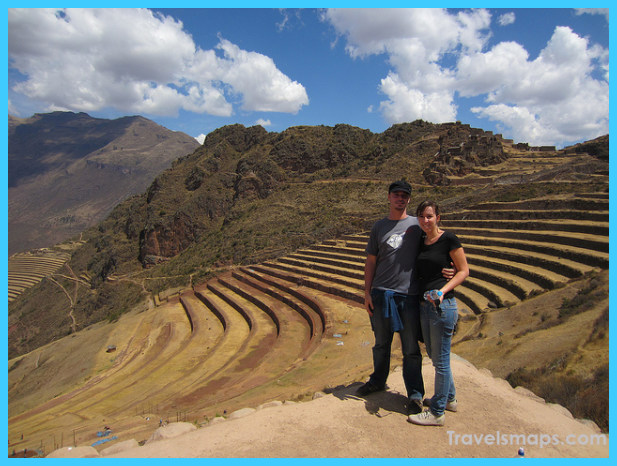
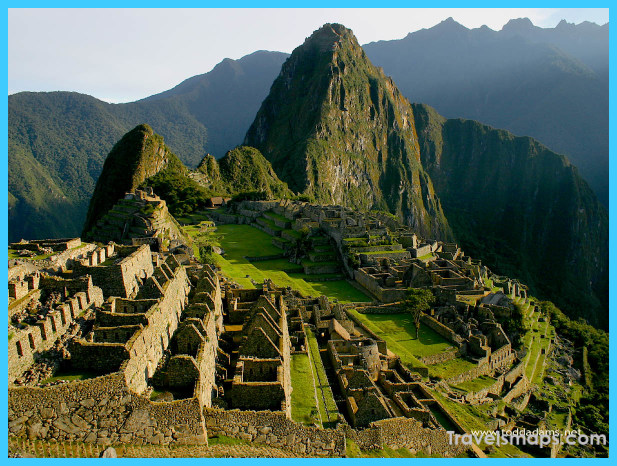
Maybe You Like Them Too
- Cheap Bus Tickets Guide: Budget-Friendly Road Trips
- Best Travel Backpack Guide: Choosing Your Perfect Fit
- We Travel Chronicles: Tales from the World’s Roads
- Travel Gear Guide: Essentials for Every Adventure
- Hotel de Paris Escapes: Luxury Stays Await

